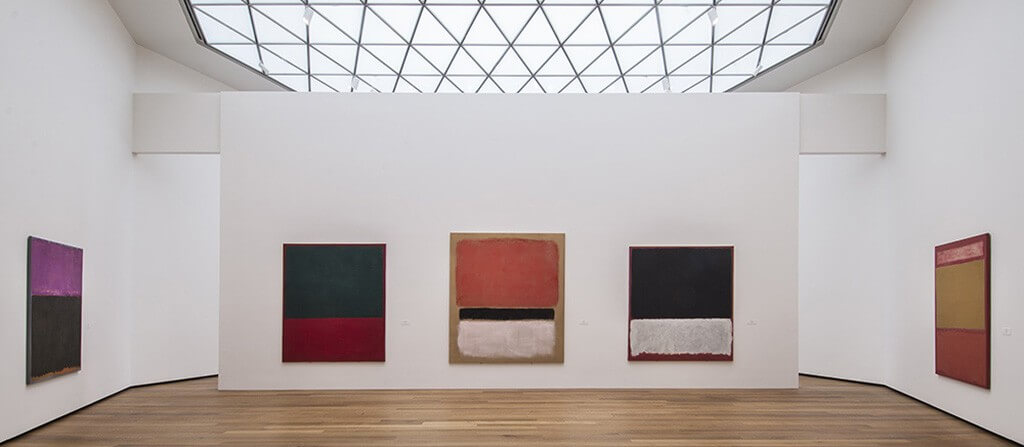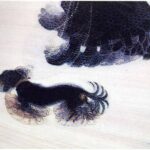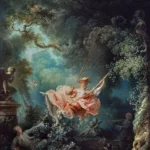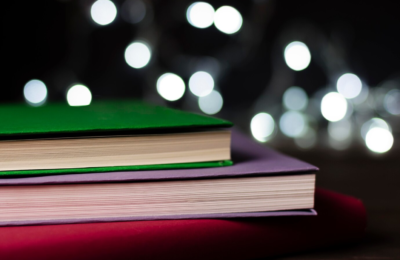Introduction to Abstract Expressionism: A Post-War Artistic Revolution
Abstract expressionism was an American art movement that was developed after World War 2, this art movement has various art styles and techniques to convey the artist’s freedom to re-present emotions through the untraditional. The artist of this movement wanted the viewers to freely view their experiences and the artwork to understand them in their terms these artists’ artwork often reached magnificent ideas which they implied were important Thoughts of them. Thoughts of life and death, spirituality, power, struggle, and a range of human emotions.
Leo Tolstoy: The Philosophical Father of Abstract Expressionism
Leo Tolstoy is considered the father of this art movement because he believed that art has an impact to provoke emotions in the viewer, which is the idea behind the chaotic and expressive character of abstract expressionism paintings. The abstract expressionists were highly interested in the topics of myths and religion, they used to compose simply and cover the large area with colors to create a thoughtful and reflective art for the viewer. The artistic style of this art movement was action painting which they had shown by the use of the energetic and gestural brushstrokes of Kline and Color Field painting. The main principles of this art movement are rhythm, balance, contrast, Movement, Unity, and surprise.
Key Characteristics of Abstract Expressionism
A few key characteristics of this magnificent art movement are they wanted to show non-objective work that is not presented in nature. The artist during this art movement used long brush strokes, drips of paint, and color drapes to create a two-dimensional painting that represents the artist’s state of emotions and the subconscious mind. The artists wanted to create a sense of voluntary and unplanned brush strokes that created broad gestures that give the viewer insight into the artist’s inner consciousness. They used complementary colors and colors that belong to the same family to create a guide to engage the viewer and then provoke their thought process. They used large-scale canvases dominated by flat expanses of color and having a minimum of surface detail.
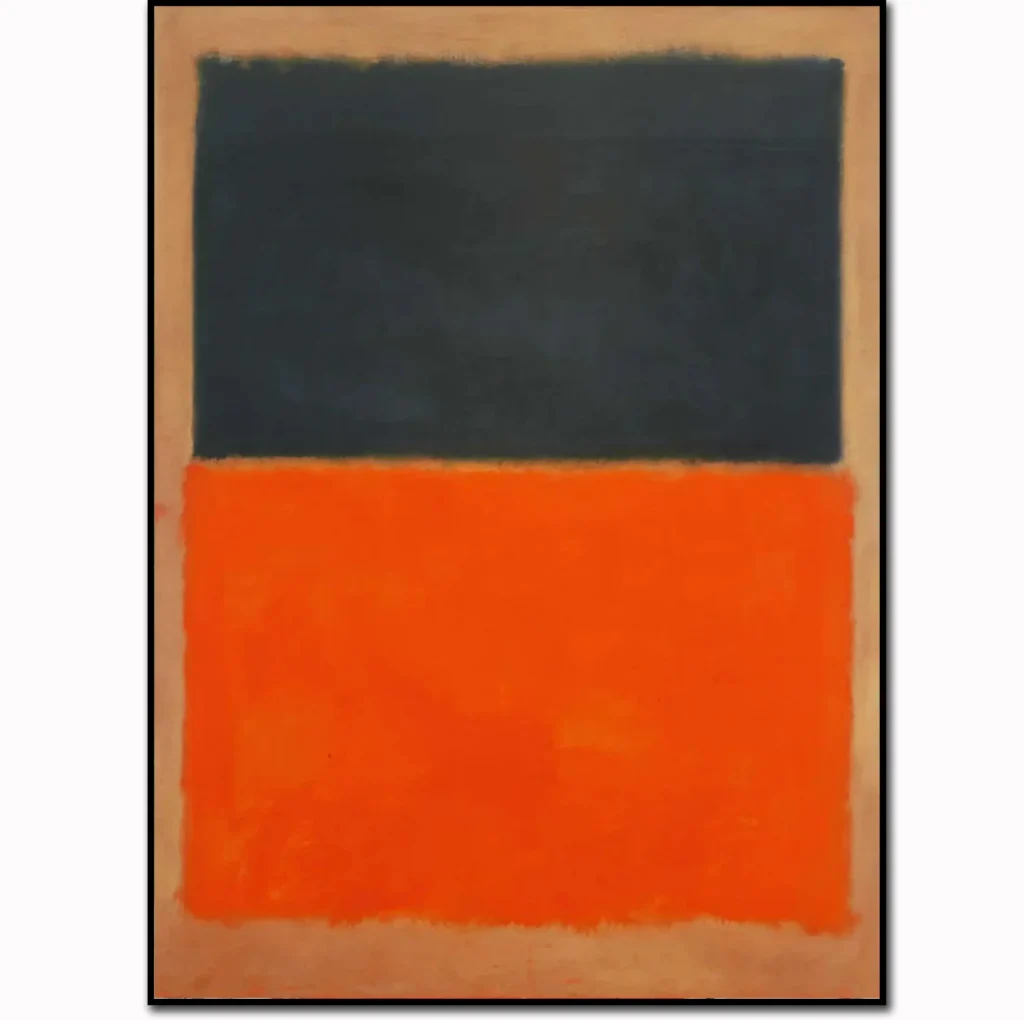
The Influence of Surrealism on Abstract Expressionism
The abstract expressionists convey their emotions and common themes through their often massive canvases in a style in which they cope with their post-war mood of trauma and anxiety. During this art movement, the artist’s main focus of interest was to value their expressionism. This art movement was influenced by the unforced and subconscious creation methods of Surrealist artists which were André Masson and Max Ernst and by the collagists and sculptors like David Smith and Louise Nevelson.
Pioneering Artists of this art movement
Pioneer artists who this marvelous art movement are Willem De Kooning, Mark Rothko, Jackson Pollock, and HelenFrankenthaler. Willem de Kooning was a Dutch-American abstract expressionist artist and he famous for his aggressively painted female nudes one of his famous artworks is Women Ocher. Jackson Pollack was an American painter and was one of the key figures in abstract expressionism he was famous for his drip technique and his famous artwork is Number 1 (Lavender Mist). Mark Rothko was an American abstract painter who was famous for his field painting his most famous artwork is Untitled 1952. Helen Frankenthaler was an American abstract expressionist painter. She was a major contributor to the history of postwar American painting her famous artwork is Mountains and the Sea.
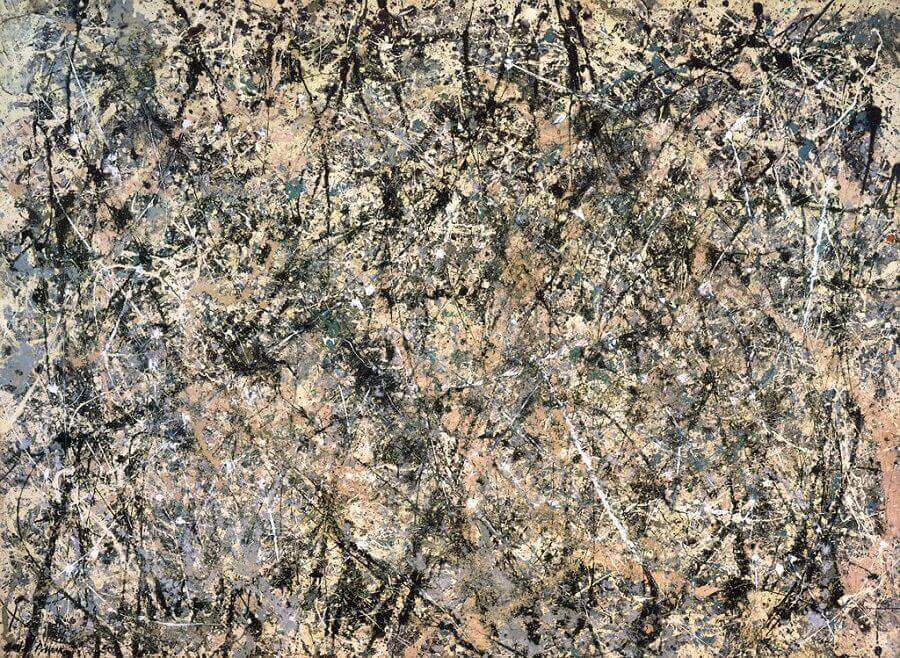
Conclusion
- The artist of this movement wanted the viewers to view their experiences freely.
- The artistic style was action painting, which they showed through the use of energetic and gestural brushstrokes and Color Field painting.
- The themes of this art movement were myths and religion.
- The main value that the artist has given is to personal expressionism.


